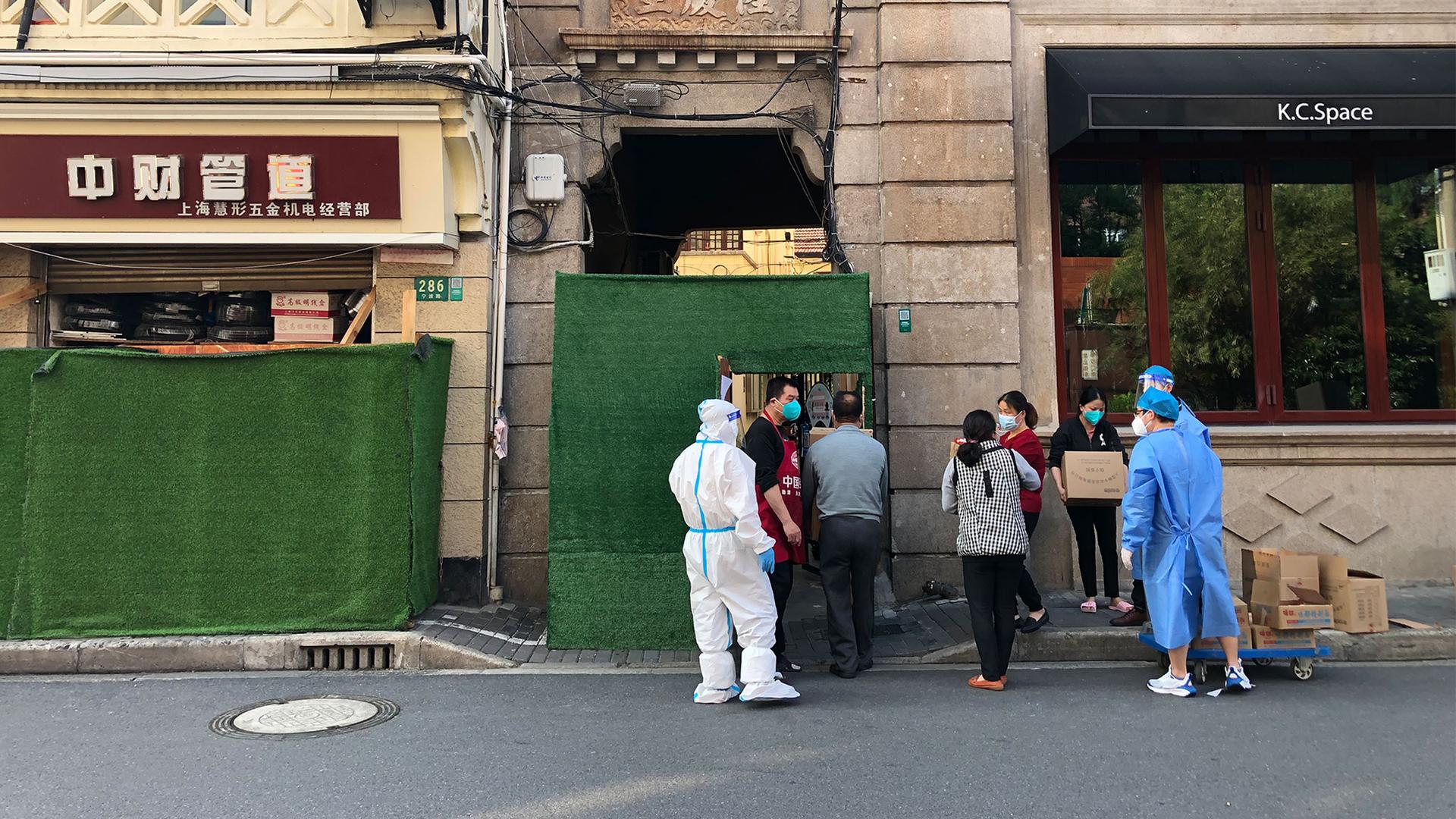Chinese authorities began easing Shanghai’s two-month COVID-19 lockdown on Wednesday after a fall in new infections and four consecutive days of no pandemic-related deaths.
Residents of some neighborhoods were allowed to venture outside of their compounds — and traffic, pedestrians and joggers reappeared in the streets.
But Shanghai writer and translator Xing Zhao said that the restrictions still have many residents on edge, and that the psychological impacts are likely to linger for a much longer time.
He, himself, experienced a stressful situation that’s left him angry and shaken. He shared his story with The World in this firsthand account, below.
A tense ordeal
Last month, my boyfriend and I lined up to take a routine PCR test in my apartment compound. Despite some grumbling, all residents have been required to take it almost every other day.
That evening, around midnight, we both received phone calls from an unknown number.
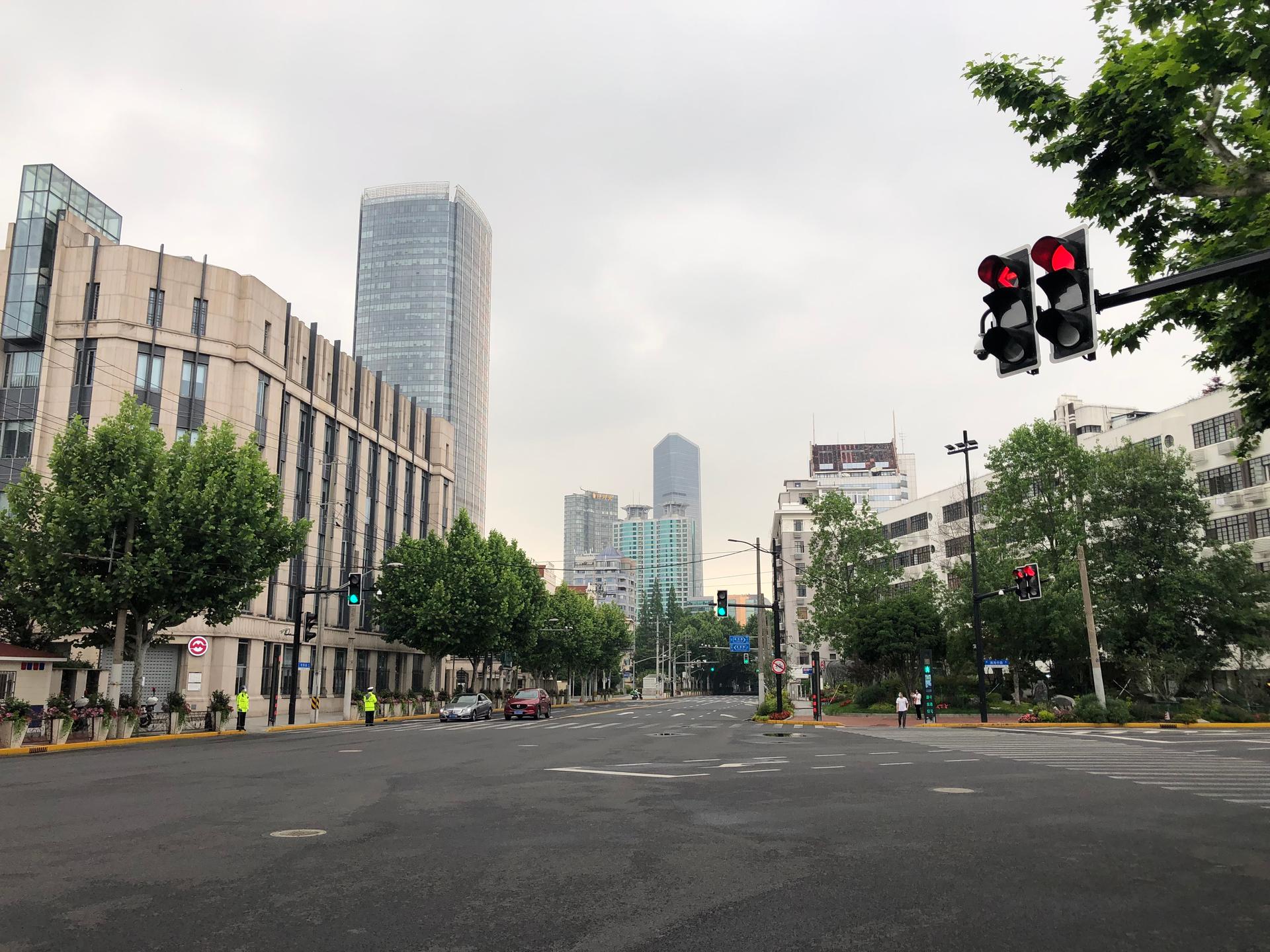
A cold, authoritative male voice, who identified himself as a staff member of the Center for Disease Control in our district, informed us that our test results had been “abnormal.”
He instructed us to stay at home and wait for health workers to come the following day to conduct a new test.
We both had a hard time falling asleep that night. My boyfriend told me he dreamed that he was “COVID-positive.” Perhaps I’d had dreams too, but I’d forgotten them. Maybe they were about some of the makeshift quarantine centers that I’d seen when scrolling on social media before falling asleep.
Related: Shanghai sees exodus as people flee China’s lockdown woes
The next morning, I heard a sound at our entrance way. I went over to it, thinking it might be health workers who had come to retest us. But I opened the door to find a barrier of white tape. A large, bold Chinese character in a red circle read: “Sealed,” and “Please refrain from leaving home or being visited under home quarantine.”
To be honest, at first I didn’t understand the purpose of the tape. We were already locked inside the compound. If I had wanted to come out, I could have easily broken through the tape. Later, I came to realize the tape’s work was invisible. It made me feel as if I had done something really bad. Like I had committed a crime.
“When barrier tape is stuck on your door and used to seal off your streets, the largest barriers are psychological.”
Since the beginning of this lockdown, I’ve been thinking about the Chinese expression “hua di wei lao,” meaning “drawing a circle on the ground to make a prison.” When barrier tape is stuck on your door and used to seal off your streets, the largest barriers are psychological. It feels harder to come out.
We spent most of that day waiting for the health workers to appear at the door for a repeat of the test. We’d heard stories that sometimes, they didn’t come for days, and some of the unlucky ones were taken to a centralized quarantine facility even before they had a chance to retest.
So, we waited. Then we each took an antigen self-test. We held our breaths as we watched the one red line slowly becoming visible. We were negative. Still, each time we heard a sound near the door, we grew nervous.
Weeks before the lockdown, I had cycled along streets with sidewalks blocked by long stretches of barrier tape. The tape acted like walls and gates for apartment buildings that were not in a compound. Sometimes, the tape wasn’t enough. So, temporary security guards were hired to sit outside the entrances day and night to stop people from leaving.
Related: Shanghai’s unvaccinated elderly remain vulnerable under lockdown
As the lockdown continued, measures to keep people inside grew more draconian and absurdly “creative.” Inflatable dolls dressed in white hazmat suits guarded some apartment buildings, perched on the walkway like scarecrows. Shared bicycles and traffic cones were stacked up to create barriers. Some streets were completely boarded up.
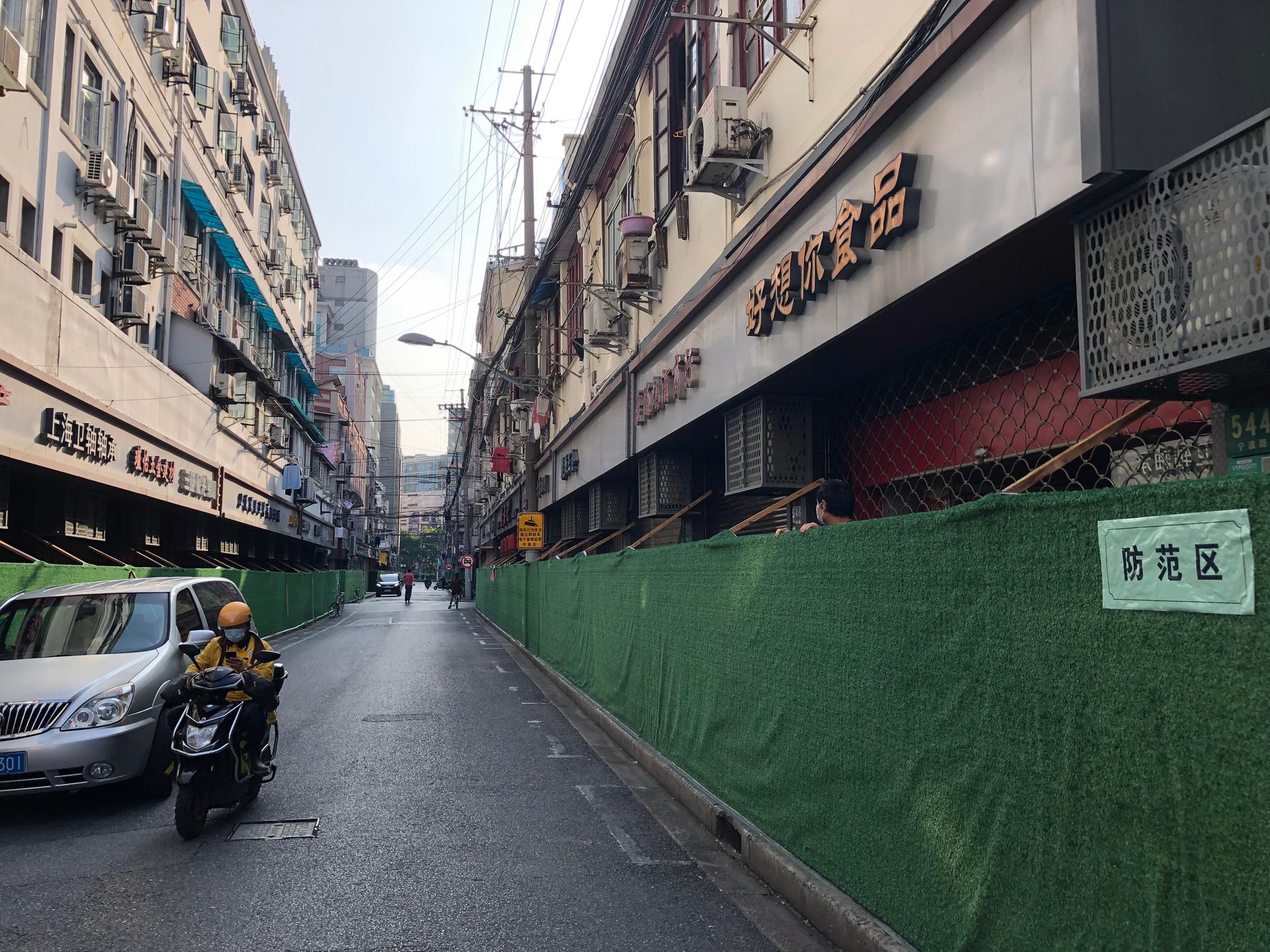
One afternoon, a friend called in a panic. She told me that people in her neighborhood who tested negative were being forced to move to isolation hotels. I wanted her to come to stay with us.
“But the streets are blocked,” she said.
My compound has three gates. Two are locked. The third is monitored by two security guards and is only open when a delivery arrives. Cars are closely parked in front of one of the gates, making it impossible to come near it. Barbed wire had also been installed in some areas facing the streets. CCTV cameras scanned our movements at all hours.
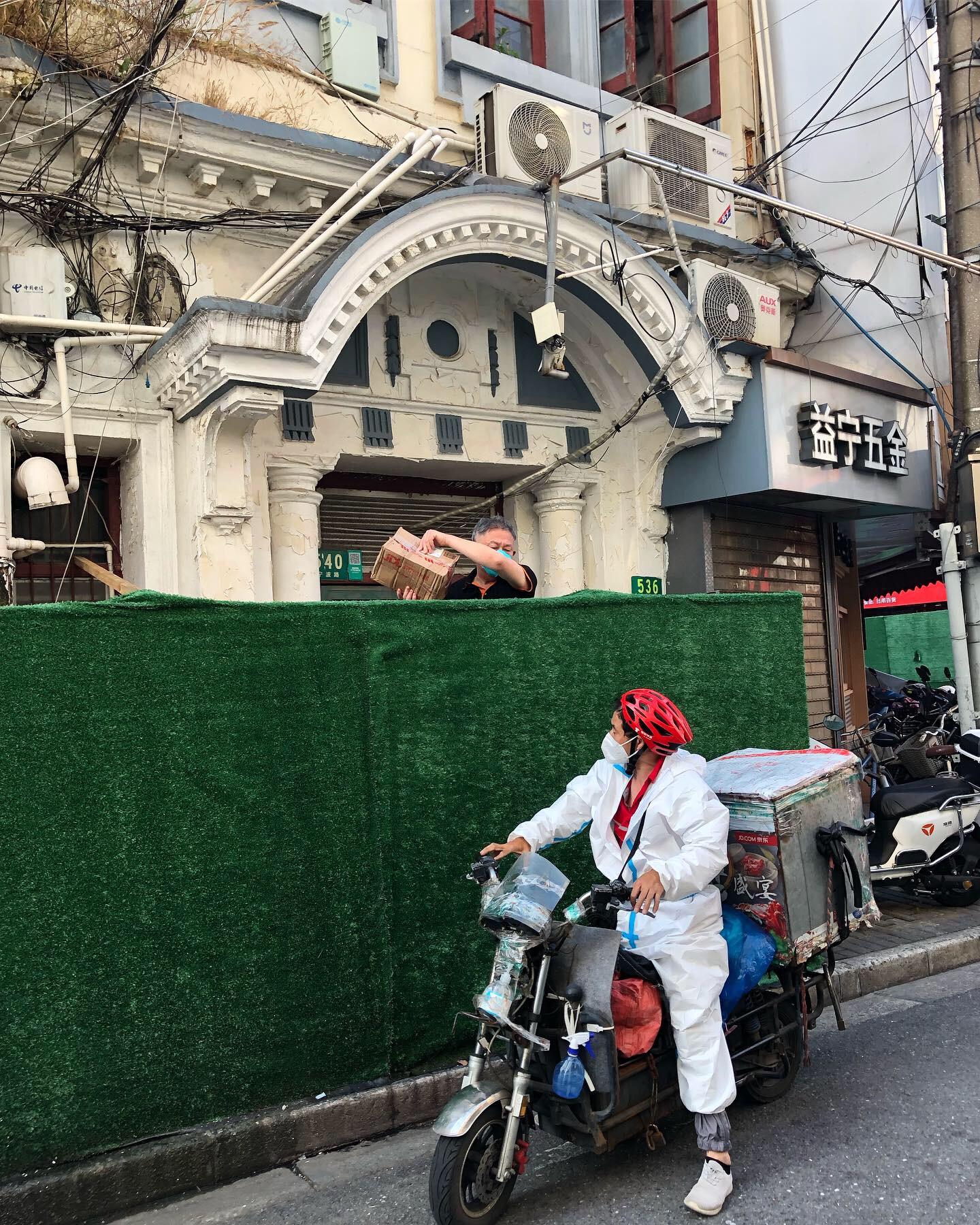
What are all these reinforcements for? Perhaps they’re keeping me and my neighbors out of danger — the fate of catching the virus and situations it would bring us into. Or perhaps there’s another reason for all these barriers.
Related: Merchant mariners stranded on ships in Shanghai during COVID lockdown
Late in the day, workers in hazmat suits showed up for our retest. They were two young women, polite and adept at their job — not the terrifying kind we often saw on social media.
The next day, we got our new test results on the designated COVID-prevention mini-app on WeChat. They were negative.
Looking at the barrier tape, now ripped in half but still firmly glued to the door, I felt both relieved and angry. Relieved because we weren’t going to a centralized quarantine facility this time. Angry because we had been shown such brutality in the name of safety.
“Finally, after being confined inside my apartment for 55 days, this week we were given passes that allowed us to get out of the compound for a couple of hours.”
Finally, after being confined inside my apartment for 55 days, this week, we were given passes that allowed us to get out of the compound for a couple of hours.
The sudden freedom felt unreal. Walking down familiar streets that I hadn’t set foot on in almost two months was like seeing a city that survived a tornado.
My boyfriend and I took a long meandering bicycle ride until we were exhausted. In many of the neighborhoods we passed, the tape and fences are gone. I’ve heard that the restrictions will soon start to ease further. But the psychological barrier that has taken shape in our minds still remains, and perhaps in a different form.
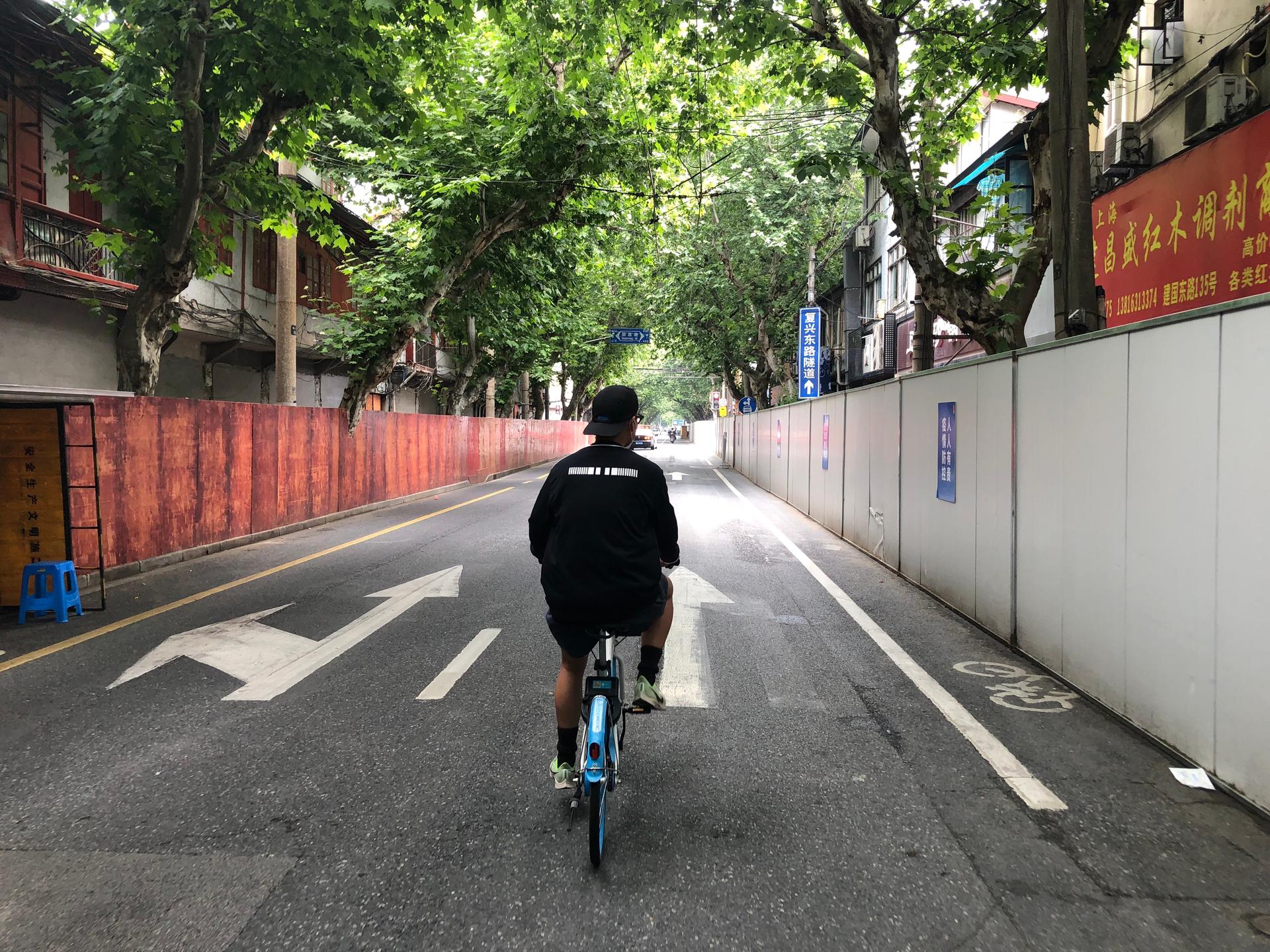
My sister told me that a PCR testing booth has been set up in her neighborhood. When this lockdown is over, people will still be required to take a PCR test every 72 hours. They’ll need to show a negative test result in order to take the train, the bus, to come to work or to enter any public space.
Related: Shanghai’s delivery drivers — the unsung heroes of a long pandemic lockdown
“The testing at the booth will be free until the end of June,” she told me.
I asked her: “What about after June?”
“You will probably have to pay after that,” she said.
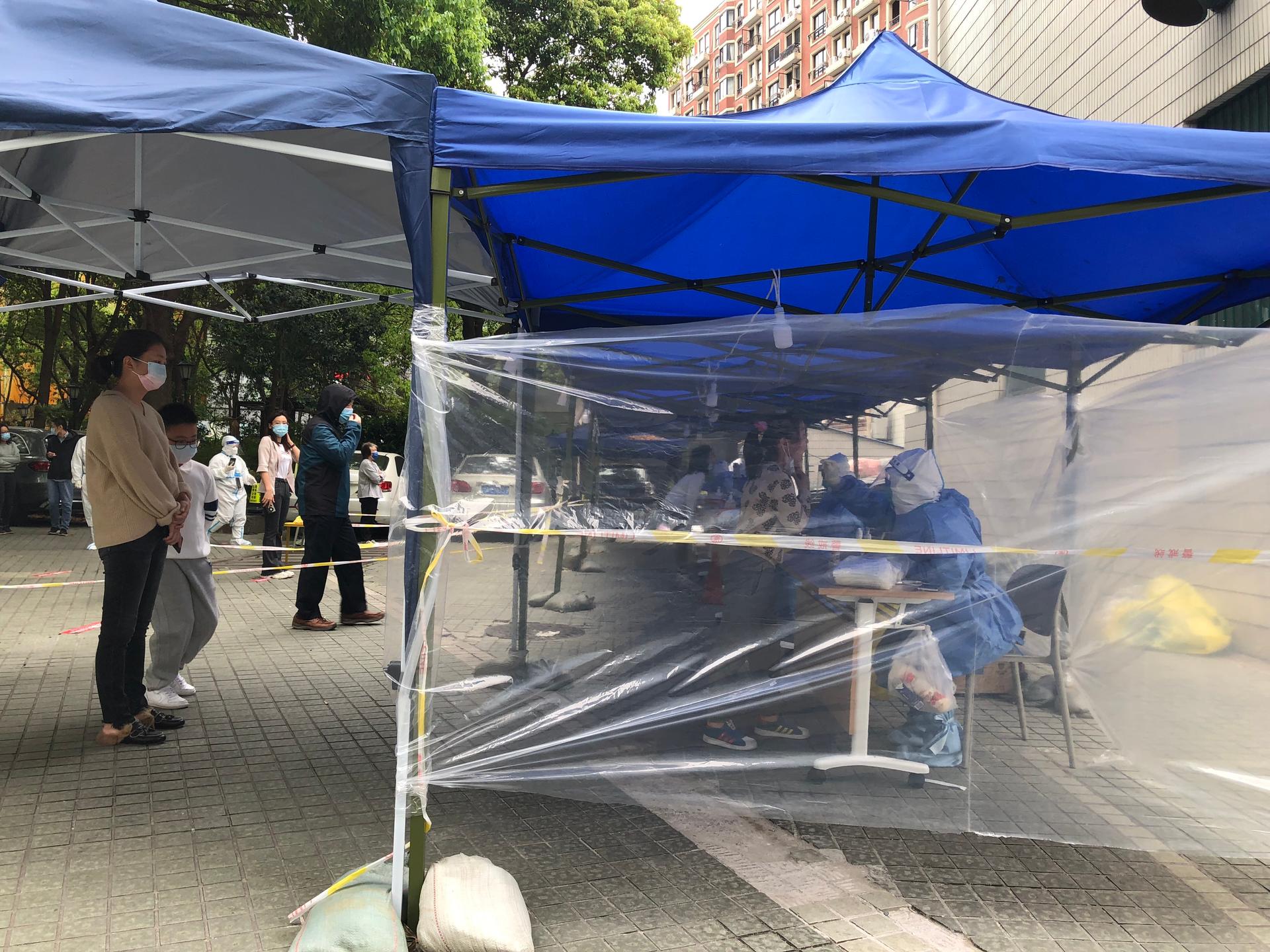
What would it be called? I wonder. Perhaps, they will call it “COVID tax,” a tax that you have to pay every two days, like a toll fee. Or, perhaps you can pay it weekly, or monthly, for a small discount. Or annually, like a TV streaming subscription.
Yet another way that the lockdown and its impacts continue.
